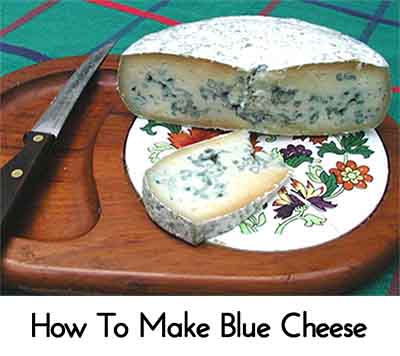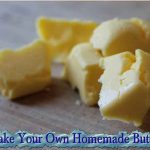How To Make Blue Cheese
The unique look of blue cheese is a result of a specific type of mold added during the cheese making process and an additional step in the ageing process called “needling”. The most widely used molds in blue-veined cheeses are Penicillium Roqueforti and Penicillium Glaucum. As the cheese dries, the cheesemaker pierces the cheese from all sides in a task called “needling,” opening up the airy paths needed for the mold to grow in the interior of the cheese and producing the pretty veining that’s common in most blues. Finally, the cheese is left to age.
This cheese is not the cheese I would suggest for someone starting out, but it is one to put on your list once you have made a few other aged cheeses. Blue cheese is not easy to make at home, but if you’re interested in trying then check out this article from David B. Fankhauser, Ph.D. Professor of Biology and Chemistry. This article will give you the full recipe and instructions on how to make your own blue cheese at home – click the link below for more information:






